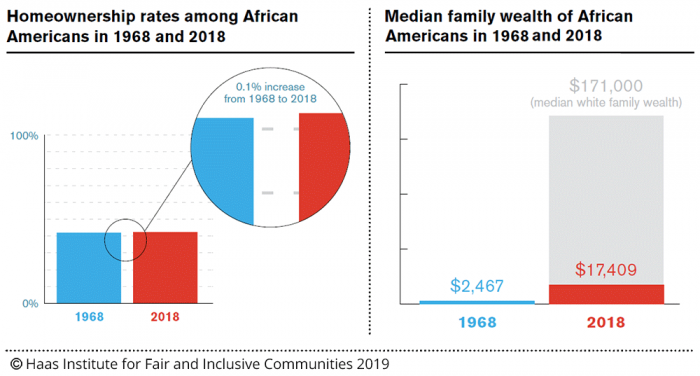
For more than 40 years, the Community Reinvestment Act (CRA) has served as a mechanism for the federal government to hold banks and other depository institutions accountable for meeting the credit needs of low and moderate income (LMI) neighborhoods. Enacted in 1977, the CRA has the power to influence applications for bank mergers, charters, acquisitions, and branch openings.
On October 4, a bicameral group of Capitol Hill lawmakers wrote a letter to federal regulators, making clear the need for CRA to be strengthened – not weakened – under the guise of modernization. The letter also requests hearings on the issue in both the House Financial Services Committee and in the Senate Banking Committee.
Although the lawmakers acknowledged how banking, like so many other industries, has changed over several decades, the thrust of their letter was that any modernization must also reflect CRA’s original intent: to serve all communities with “the types of credit and investment those communities need.”
“Regulators cannot determine how a bank is serving the needs of its local community by relying on a simple ratio or dollar volume metric”, wrote 21 Members of Congress and 8 U.S. Senators. “Instead examiners should review whether banks are reaching the borrowers and neighborhoods that CRA was intended to serve.”
“While it is important that, in the face of new technologies and products, we appropriately assess lenders’ efforts to serve all communities with the types of credit and investment those communities need, it is even more essential that the original purpose of the law not be undermined,” added the lawmakers.
The lawmakers’ concerns are reinforced by worsening income inequality and the growing and persistent racial wealth gap.
For example, a 2018 joint report by the Brookings Institution’s Metropolitan Policy Program and Gallup, found that when it comes to race, the economic playing field is far from equal. The Devaluation of Assets in Black Neighborhoods, published last November, zeroed in on homeownership, often the building block for financial stability, wealth accumulation, and how well the credit needs, i.e. mortgages, of a community are being met. This report’s key finding was that owner-occupied homes in Black neighborhoods are undervalued by $48,000 per home on average, a cumulative loss of $156 billion.
“Laws have changed, but the value of assets – buildings, schools, leadership, and land itself – are inextricably linked to the perceptions of Black people, states the Brookings report. “And those negative perceptions persist.”
More recently and this spring, the Roosevelt Institute, the nonprofit partner to the Franklin D. Roosevelt Presidential Library and Museum and the University of California at Berkeley’s Haas Institute for a Fair and Inclusive Society collaborated with the Ford Foundation in a multi-phased project on the nation’s nagging racial wealth gap (RWG). Their report states in part, “The research illustrated how solutions that were long assumed to lessen economic inequality—such as equalizing wages and educational opportunities and outcomes—will not actually close the RWG.”

One of the key conclusions reached in the Ford-sponsored research was “[t]he problem is structural and historical, not individual”.
In other words, systemic, long-term approaches – not quick fixes – are essential to achieving racial economic parity. Just as the full faith and credit of the United States backs deposits of these institutions, it seems fair to hold them accountable to serve the entire public – especially consumers and communities that include low-to-moderate income households.
At the same time, it is equally important that federal financial regulators speak and act with a united voice, dedicated to equity and fairness. The Federal Reserve, the Federal Deposit Insurance Corporation, more commonly known as FDIC, and the Office of the Comptroller of the Currency (OCC) must speak and act in unison with financial equity as their ultimate goal. If financial policies can lay the groundwork for broad and sustained economic progress, they will well serve the nation, and begin to address the persistent racial wealth gap.
“Now is the time for consumers, communities, small businesses and others to remind our leaders that CRA is a vital part of our collective economic futures,” said Nikitra Bailey, an EVP with the Center for Responsible Lending. “Access to mortgages, small business loans, and community development capital are just as much a part of CRA as preserving full-service bank branches.”
Charlene Crowell is the Center for Responsible Lending’s communications deputy director. She can be reached at Charlene.crowell@responsiblelending.org.




